How to Use Loofah in Your Kitchen
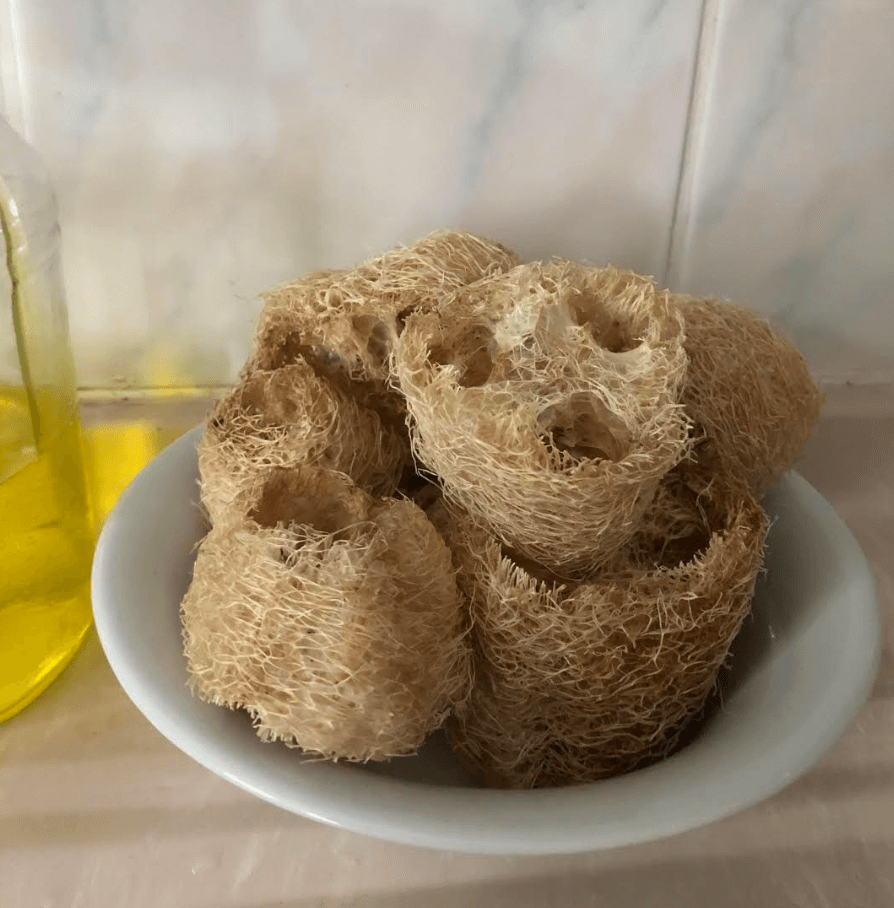
Some of the things I thought would be super easy to find in Turkey were all-natural products. Much to my surprise, even a country that is super down-to-earth and still quite rustic in so many places, this country is riddled with plastic just like everywhere else in the world. It’s been really disappointing because I was hoping to escape the mountain of plastic everything, but I have since learned first-hand that this is a real world-wide problem, not just in Turkey. That’s why when I’m out shopping at the farmers markets, I’m like a hunter seeking out anything and everything that I can use at home to make life more eco-friendly.
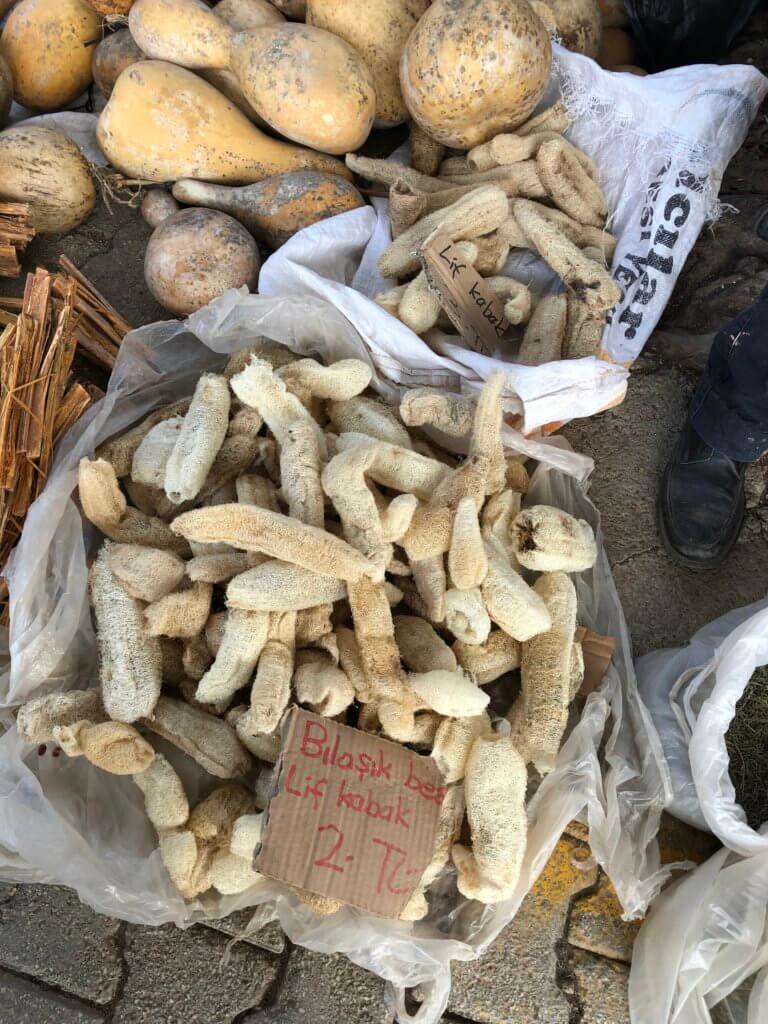 Finding loofah has been one of those surprising, but very sensible things to bring home. You can do the same with any loofah you find at stores, but you may also find it in farmers markets, too, this time of year. It’s usually really inexpensive, too, so that’s a good thing. I buy the large pieces, bring them home and cut them up. If you’re really lucky, you’ll find loofah that is full of seeds, which you can save to grow more loofah later!
Finding loofah has been one of those surprising, but very sensible things to bring home. You can do the same with any loofah you find at stores, but you may also find it in farmers markets, too, this time of year. It’s usually really inexpensive, too, so that’s a good thing. I buy the large pieces, bring them home and cut them up. If you’re really lucky, you’ll find loofah that is full of seeds, which you can save to grow more loofah later!
*Did you know that in some cultures, eating loofah (before it looks like the above photos) is actually a common thing?
Once I brought it home and started cutting (scissors are the best tool for this), many of the seeds just start falling out.
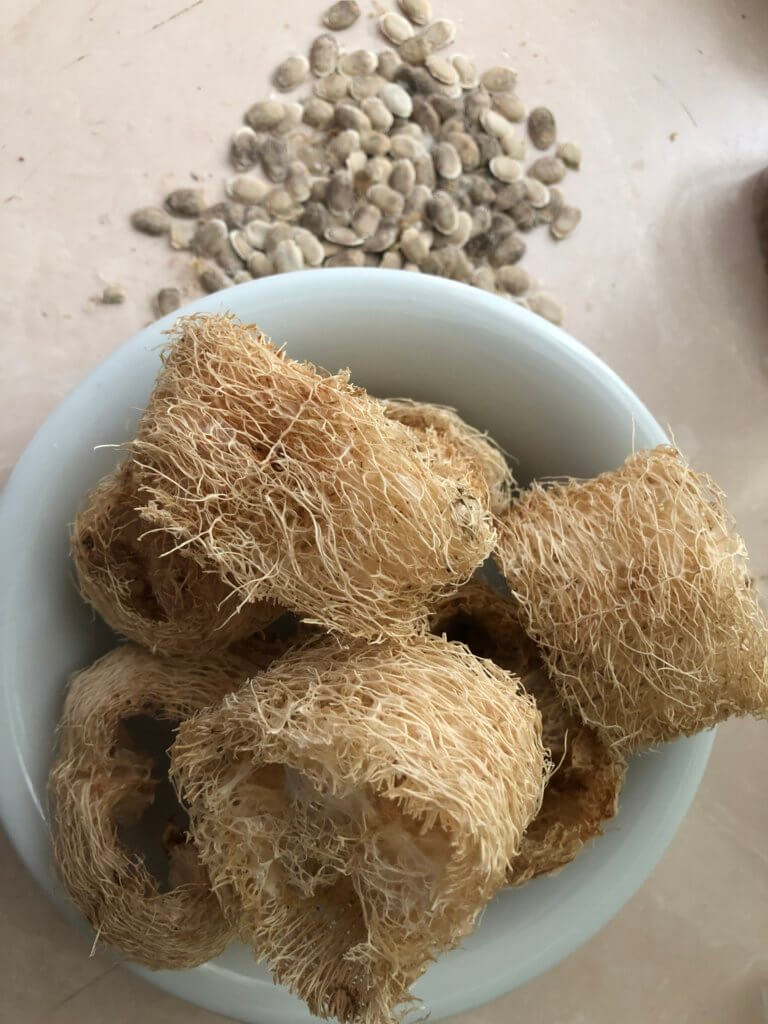 Now here’s the really neat part, at least for me. I have only always used loofah to remove dead skin, and most of the time it is sold as a shower and bath item, but that is just not the only thing it can be used for; in fact, it’s an excellent scrubber for your pots and pans and doesn’t scratch them at all. You can also use them to clean any kind of stubborn kitchen residue on cabinets, tables and floors.
Now here’s the really neat part, at least for me. I have only always used loofah to remove dead skin, and most of the time it is sold as a shower and bath item, but that is just not the only thing it can be used for; in fact, it’s an excellent scrubber for your pots and pans and doesn’t scratch them at all. You can also use them to clean any kind of stubborn kitchen residue on cabinets, tables and floors.
 Simply use them exactly as you would your sponges – only these are totally compostable, so they are definitely eco-friendly. You cannot say the same for many of those plastic sponges that can leave a gazillion of tiny particles in the earth and don’t decompose for hundreds of years.
Simply use them exactly as you would your sponges – only these are totally compostable, so they are definitely eco-friendly. You cannot say the same for many of those plastic sponges that can leave a gazillion of tiny particles in the earth and don’t decompose for hundreds of years.
One note of caution is that if the loofah is left soaking wet and you have a humid environment at home, then it might get moldy. To avoid that you can squeeze it with a towel when you’re finished doing dishes, or if you have a sunny window, leave it in front of the window or outside to air out a little.
Here’s where you can get your own natural loofah:
Is this something you might do? What else would you use loofah for?
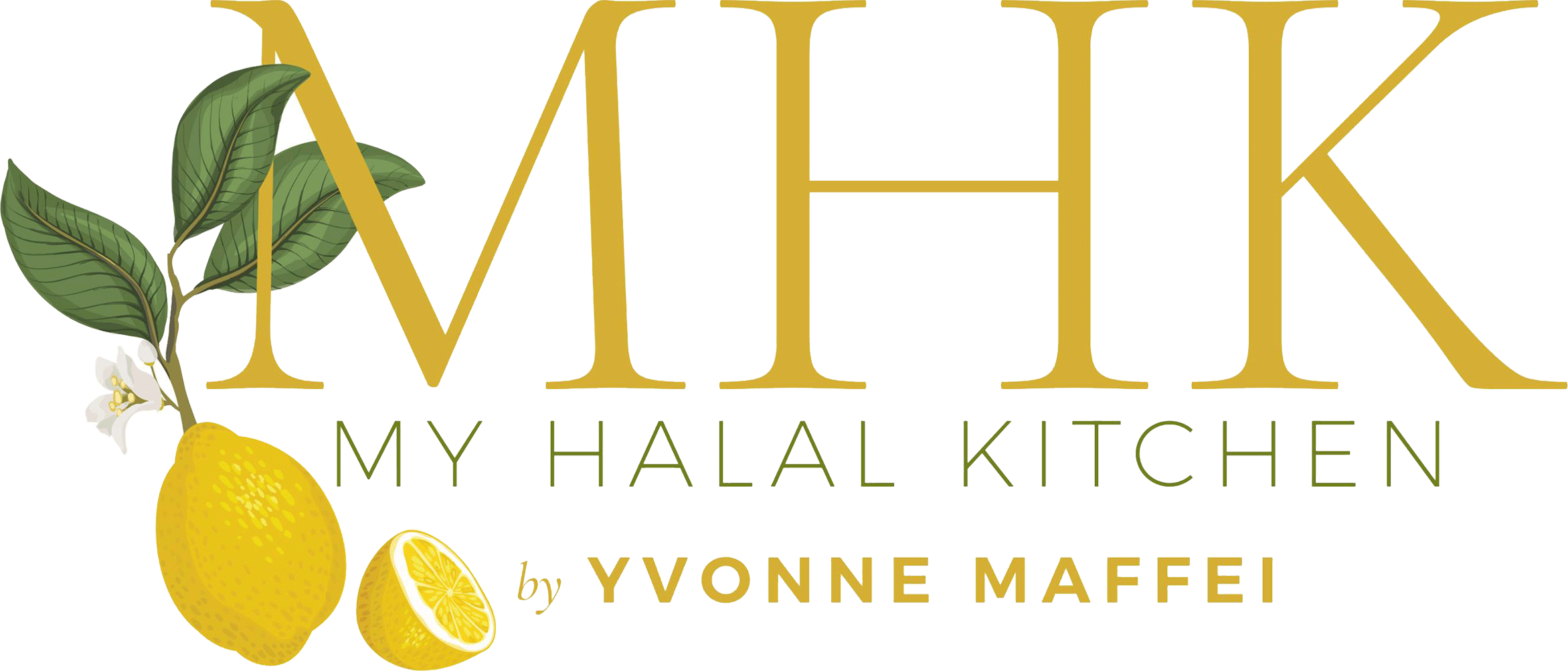
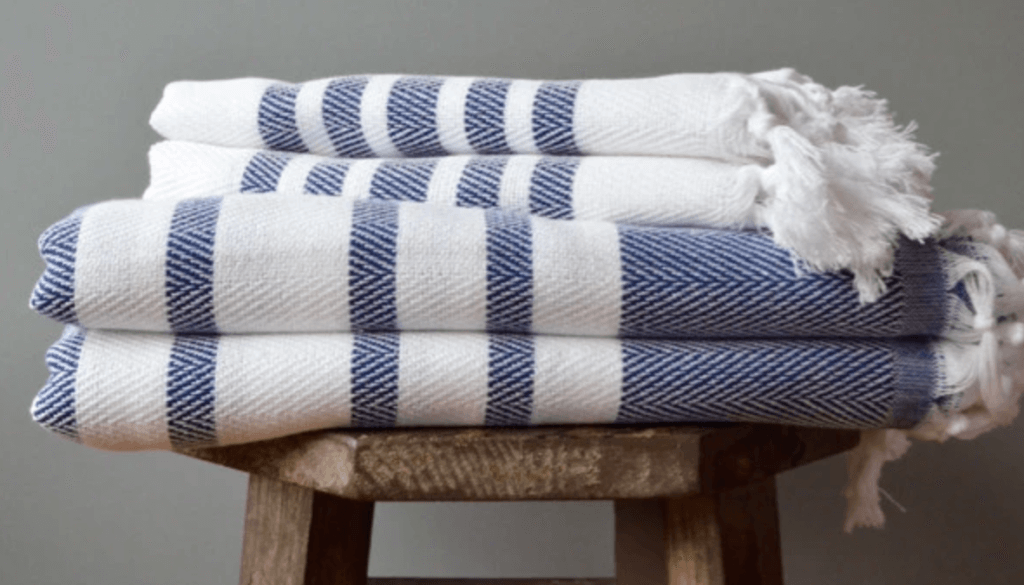
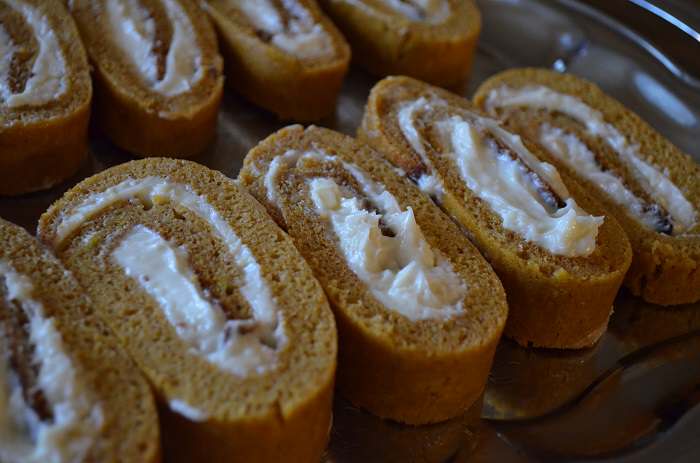
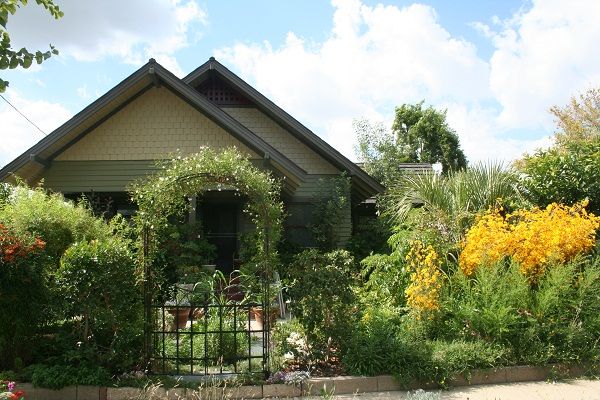
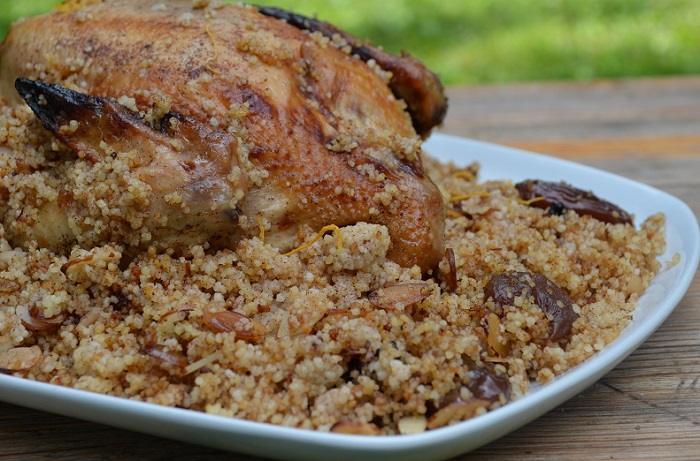



Responses